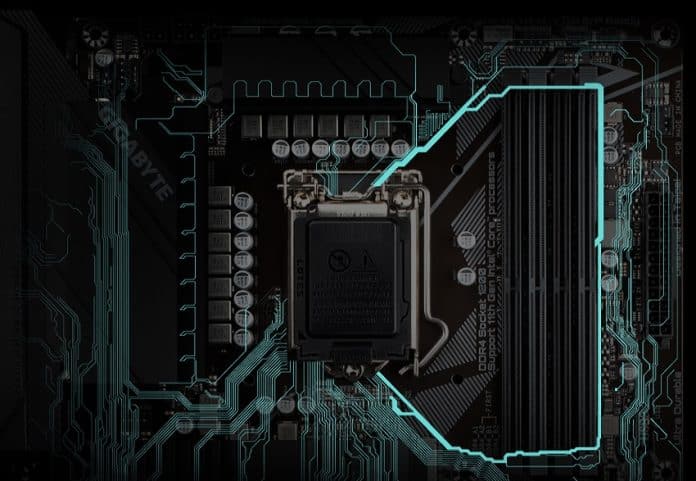Alder Lake
Samsung’s Galaxy Book powered by 12-core Alder Lake surfaces on Geekbench
In the latest benchmarking details at Geekbench, another entry of the unreleased Galaxy Book powered with an Alder Lake processor has appeared. It was...
Intel’s Core i9-12900K CPU leaks out in new benchmark showing the...
Alder Lake is approximately only a month away before its rumoured launch and according to fresh sources, the latest Intel Core i9-12900K Alder Lake...
Intel’s VP tweets the first official image of the company’s upcoming...
On Twitter today, Intel’s Vice President Gregory Bryant has recently shared the first official image of Intel's new Alder Lake CPUs. In the images,...
Intel’s Core i7-12700K spotted on Puget System while running on Gigabyte...
In the latest extracted database of the Puget System benchmark, there has appeared an entry of Intel’s upcoming Core i7-12700K CPU and it was...
Intel’s Alder Lake processors in fresh retail listings at Amazon UK,...
In recent findings, the leaker momomo_us has uncovered new Amazon listings of the Core i9-12900K, Core i7-12700K, and Core i5-12600K in France and the...
Intel’s 12th Gen Alder Lake mobility CPUs roadmap leaked online
In recent news, Intel’s mobility roadmap has leaked out which confirms specific core configurations of Intel's 12th Gen Alder Lake Mobility CPUs. The roadmap shows...









